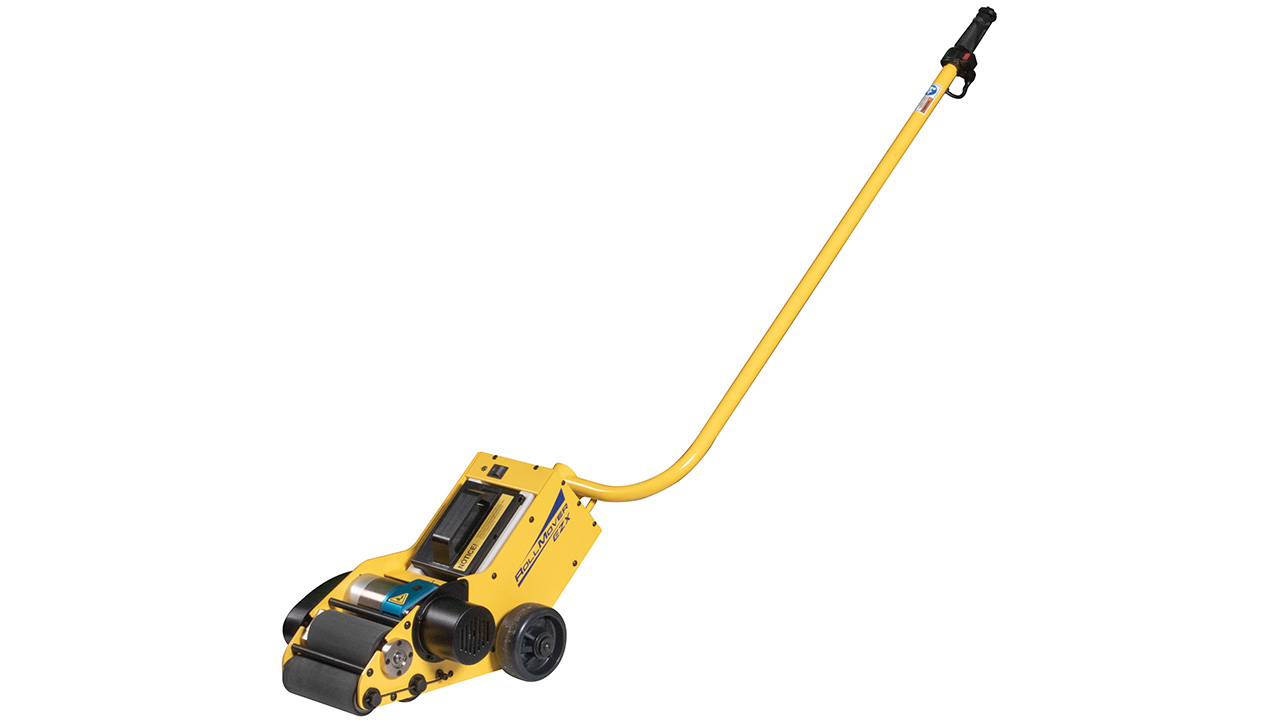Q&A: Claudia St John

I founded my company in partnership with a related printing association – Print Service Distributors Association – and have many label printing clients who belong to both TLMI and PSDA. We’ve been working in the industry for almost 10 years now.
With TLMI, we are already working with its Workforce Development Committee to develop tools and resources to help TLMI members with their hiring and retention needs, which is so important in this very tight labor market.
L&L: What is the work you do for TLMI and its members?
CSJ: As consultants, most of the work to date has been in recruiting and headhunting for sales professionals, account managers and operations professionals. We have also been reviewing and drafting employee handbooks and doing some executive coaching.
With TLMI, we hope to be an integral part of the Workforce Development Committee, developing the types of programs and tools that will make TLMI members both legally compliant and successful in creating productive and dynamic work environments.
L&L: What trends or challenges are affecting the job market and workforce today?
CSJ: The tight job market is a direct function of the strong economy in recent years. With the unemployment level so low (around 4 percent nationally and in many locations the unemployment rate is much lower), we are at full employment. Essentially, any skilled or even unskilled worker who wants a job can get one. Basically, everyone who can work is working. According to recent statistics, there are 1 million more job openings than there are people looking for work. This makes for a very challenging labor market for companies in virtually every industry and geography.
L&L: What advice do you have for companies managing a challenging labor market? How can employers be competitive when it comes to hiring and retaining employees?
CSJ: Well, first, make sure you don’t lose good employees to competitors. If you haven’t revisited your wages or compensation strategy, now’s a good time to do it to make sure you’re externally competitive and have internal equity among employees. A focus on employee engagement is critical now. If you are looking to fill a position, our best advice is to headhunt. If all you do is throw an ad up on Indeed.com, you’ll only get marginal results. Go out and find that talent and give them your strongest offer. And be willing to move fast – a strong candidate will not last long in this tight market.
L&L: You work with a lot of different agencies – how do the labor issues and concerns of the label industry compare with other manufacturing industries?
CSJ: We do work with many different industries and all of them face similar challenges – difficulty finding talented employees, an upcoming exodus of experienced baby-boomers, increasing pressure on wage growth. TLMI has the added challenge given that there are few younger workers entering the printing space. This is such a significant challenge that TLMI is working at the middle and high school levels to entice youth to pursue careers in the industry. This is pretty unique in our experience.
L&L: Do you have any examples of companies or agencies that are getting creative when it comes to hiring and retention?
CSJ: Many converters and suppliers are being creative in how they structure their workday and the benefits they offer. Some are emphasizing a four/10 work week (where employees works 10 hours a day, four days straight), job share, telecommuting and other flexible workplace structures.
Others are offering strong sign-on bonus programs, employee referral programs and school-to-work opportunities such as internships and apprenticeships. We also encourage clients to look for non-traditional sources of candidates, such as the disabled community, ex-cons, returning veterans and even offering work visas to employees in other countries. Finally, we see members getting very creative and tech-savvy with their online presence to entice more Gen Y and Gen Z workers through revamped websites, creative videos and other ‘hip’ marketing efforts.
L&L: What does the labor outlook look like for the year ahead? What do employers need to prepare themselves for in 2019?
CSJ: Well, the bad news is that the labor market will continue to be very tight. Although a slight recession looks likely either this year or next, it does not look like it will have a significant impact on the labor market. The other bad news is that companies should be prepared for a serious increase in wages in 2019. Wages have been stagnant for almost a decade. That is changing. We are seeing new hires commanding wages that are 15 percent to 20 percent higher than our clients had budgeted for. This is requiring that our clients look at their existing employees’ salaries as well. If a new hire is making $20,000 USD more than an existing employee with two years of service, the employer has to re-evaluate all of the salaries to make sure the compensation structure is equitable. This is the big trend for 2019 – getting prepared for higher compensation costs.
The good news? Productivity is at an all-time high, so while you’re faced with paying higher wages, you’re likely getting the most out of your workers.
L&L: We hear a lot about Industry 4.0, automation, robotics and other technology advancements that could replace some jobs. What advice do you have for workers to stay relevant and competitive in this changing employment landscape?
CSJ: We see that the drive to greater automation is more a factor of not being able to maintain adequate staffing levels than it is in replacing workers. As long as employees are engaged, productive and willing to be trained on operating and maintaining new technologies, there will continue to be more job opportunities than candidates for those in the label printing space for the foreseeable future.
L&L: What can the label industry do to attract a younger and more diverse workforce?
CSJ: There are so many cool aspects of the label converter space. Advances in technology mean younger workers are working on state-of-the-art machines using advanced IT systems. Promoting these aspects will be critical to creating pathways into the industry for young people. The challenge is getting younger workers to work on older, less automated machinery. That said, older machines offer similar tactile satisfaction to those in the automotive mechanics space. Knowing what type of person would be best suited to your technology is a first step. Then creating pathways, whether through vocational schools, graphic arts, or mechanical engineering programs – wherever you are likely to find your ideal candidate – is critical to getting younger people in the door.
L&L: What are some practical steps companies can take to hire and retain employees?
CSJ: Here are some practical steps:
1) Know exactly what you’re looking for before you start. And don’t settle for less just because you’re having a tough time finding talent. That never works out.
2) Make sure your website and candidate marketing efforts are as professional and up to date as your client marketing efforts. Use videos and provide tangible evidence of all the cool things you produce and how you produce them. And profile other young people in your company if you have them. It helps a potential candidate to picture themselves better if the person you’re profiling looks more like them.
3) Look for alternative sources of candidates (schools, ex-cons, returning vets, work programs for those with disabilities, refugee populations, etc).
4) Don’t wait for someone to apply for your job – be always on the lookout for talent and if you’re actively looking and not getting any results, hire a headhunter or get someone to make calls to those who may be interested but are not currently looking for jobs. Everyone loves to know what opportunities are out there – you just need to reach out to them to let them know what you have to offer.
Stay up to date
Subscribe to the free Label News newsletter and receive the latest content every week. We'll never share your email address.


